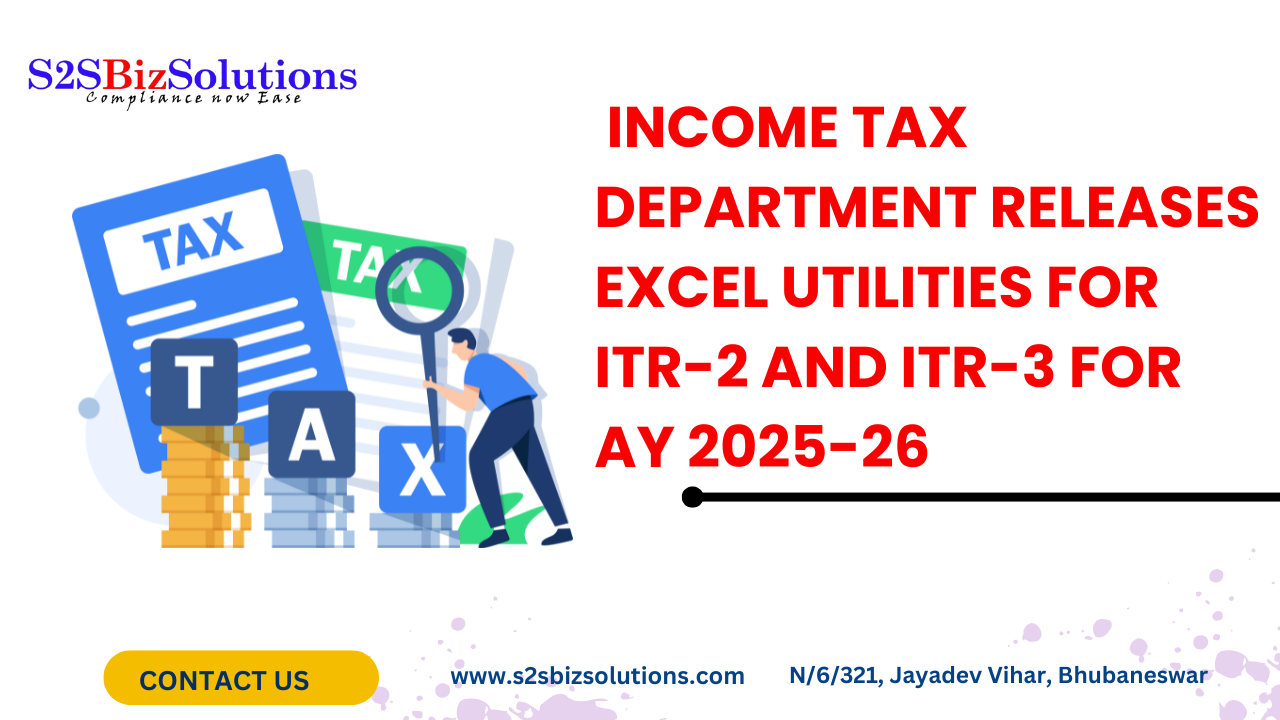GST Annual Return Exemption
Every GST-registered taxpayer is obligated to file an annual return using form GSTR-9. Some persons, however, are exempted from this requirement if they are registered as:
A casual taxable person a taxpayer who only supplies taxable products or services on occasion
A non-resident taxable taxpayer who provides taxable products or services on an as-needed basis but has no place of business or domicile in India
An Input service distributor, a taxpayer who distributes input tax credit for services billed in one state, but avails tax credit in another state
Individuals liable for TDS, who receive payment after tax is deducted.
GSTR-9 Form: Deadline and Penalty
The deadline for filing GSTR-9 for a financial year is 31 December of the year following the relevant financial year. For example, the GSTR-9 due date for financial year 2022-23 is 31 December 2023
If the required forms are not filed by the due date, penalties in the form of late fees will be imposed. A daily penalty of ?100/- (CGST & SGST) or ?200/- would be imposed, subject to a maximum of 0.25% of the taxpayer's revenue for that financial year.
GSTR-9 Form: Format
A GSTR-9 format comprises of 6 parts and 19 Sections, they are:
Part 1: When the GST annual return form is submitted on the portal, basic details such as name, GSTIN, trade name, and fiscal year are recorded in this section
Part 2: The second section of the GSTR-9 format contains all of the information related to outward supplies as filed for the annual GST return, for:
- Taxable supplies
- Non-taxable goods and services
- Credit and debit notes
Part 3: This section contains information on the input tax credit received and reversed for the fiscal year for the following sections:
- Input tax credit declared in the annual return form
- Input tax credit reversed
- Input tax credit
Part 4: This section contains information on tax paid as reported in previous fiscal year returns. The following details has to be provided
- The distribution of tax payable (in order of types of taxes paid).
- Tax is paid in cash and through an input tax credit.
Part 5: Transactions made in the previous fiscal year and declared in any of the quarterly returns filed in the same fiscal year, or in the GST annual return filing (whichever is the earliest)
Part 6: The following information is required for this section -
- Total refund claimed, sanctioned, rejected, pending, the total taxes demanded and total demand pending
- Supplies from composition dealers (small taxpayers under GST who pays the tax at fixed rates), deemed supplies, etc.
- Harmonized System of Nomenclature (HSN) classified summary of supplies
- Fees paid and payable for delayed return filings.
FAQs on GST Annual Return: Understanding the GSTR-9 form
- Do I have the right to claim and report ITC in the Annual Report?
- No, you cannot submit Form GSTR-9 in order to claim ITC
- On Form GSTR-9, can other liabilities not previously reported on Form GSTR-3B be reported?
- Yes, Form GSTR-9 can be used to declare additional obligations that weren't previously disclosed in the Form GSTR-3B filing. The GST DRC-03 must be used to pay the additional liability reported on Form GSTR-3B.
- Do I have the ability to file the form GSTR-9 without having to pay a late fee (if there is a need to pay)?
- No, even if you file Form GSTR-9 on time or before the deadline, you cannot finish it without paying the late costs associated with it.
- What is the fine for filing GSTR 9 and 9C late?
- A general penalty of ?50,000 (?25,000 CGST and SGST each) will be imposed for failure to file GSTR-9C before the deadline.
- Do you need to fill out the GSTR-9 Form?
- Yes, for normal taxpayers, filing Form GSTR-9 is required.
















